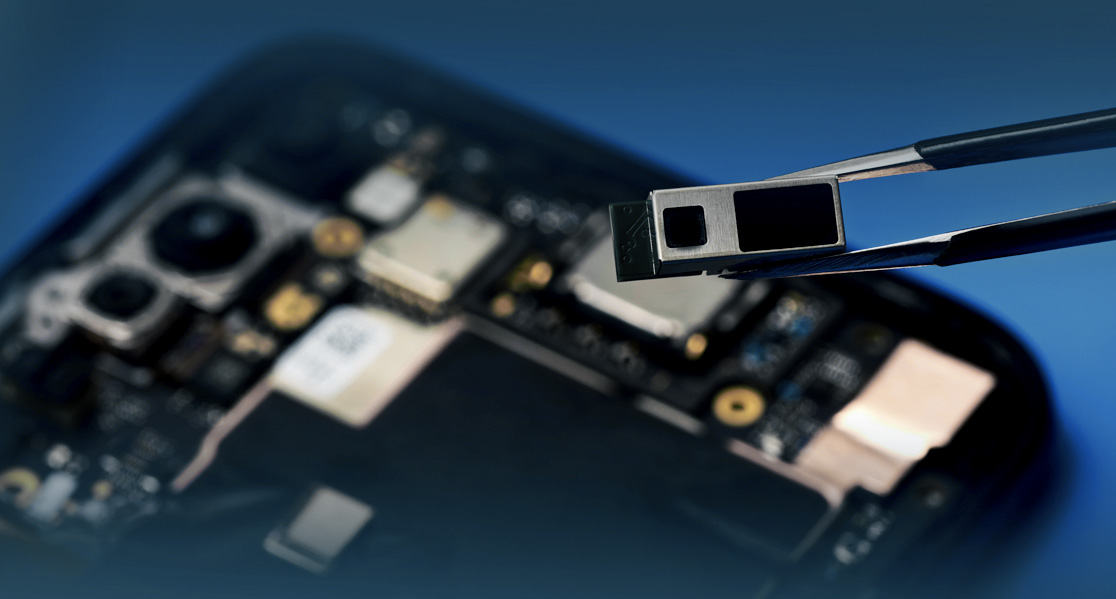

|
||

The Institute of Electrical and Electronics Engineers (IEEE) has announced the inclusion of 802.11bb, a standard for light-based wireless communications. This new standard is seen as a major boon to global Li-Fi companies as it promises to expedite the rollout and acceptance of this innovative data transmission technology.
Li-Fi Advantages: The superiority of Li-Fi over traditional radio frequency (RF) communications is emphasized by its supporters, such as pureLiFi, Fraunhofer HHI, and the Light Communications 802.11bb Task Group. They claim that Li-Fi provides faster, more secure, and reliable wireless communication compared to conventional technologies like Wi-Fi and 5G. With the new IEEE 802.11bb Li-Fi standard now in place, it is expected that full interoperability between Li-Fi and the popular Wi-Fi systems will be achieved.
Limitations: Despite these advantages, Li-Fi isn’t expected to fully replace Wi-Fi, 5G, or wired networks. RF’s capability to transmit over long distances and through opaque objects still gives it a unique edge. Efforts will be focused on leveraging Li-Fi’s strengths where they can be most effectively utilized.
Technical Uniqueness: Li-Fi’s practicality lies in its reported ultra-high speed (up to 224 GB/s) and its exclusive operation within the optical spectrum. This guarantees superior reliability, reduced latency and jitter, and greater security due to light’s line-of-sight propagation. As Fraunhofer’s Dominic Schulz highlights, this feature mitigates jamming, eavesdropping risks and enables precise indoor navigation.
Future Prospects: With the 802.11bb standard now public, manufacturers can integrate Li-Fi technology where suitable. Notably, pureLiFi, a leading Li-Fi company, has developed the Light Antenna ONE module for integration into connected devices. This module, available to OEMs for evaluation, is touted to offer more connections without congestion, enhanced security and privacy, and capability to handle high-bandwidth tasks more efficiently than Wi-Fi.
It is anticipated that a broader range of Li-Fi network devices and compatible user devices will appear in the market by the Mobile World Congress (MWC) next February.
Sponsored byIPv4.Global

Sponsored byCSC

Sponsored byRadix

Sponsored byDNIB.com

Sponsored byWhoisXML API

Sponsored byVerisign

Sponsored byVerisign
